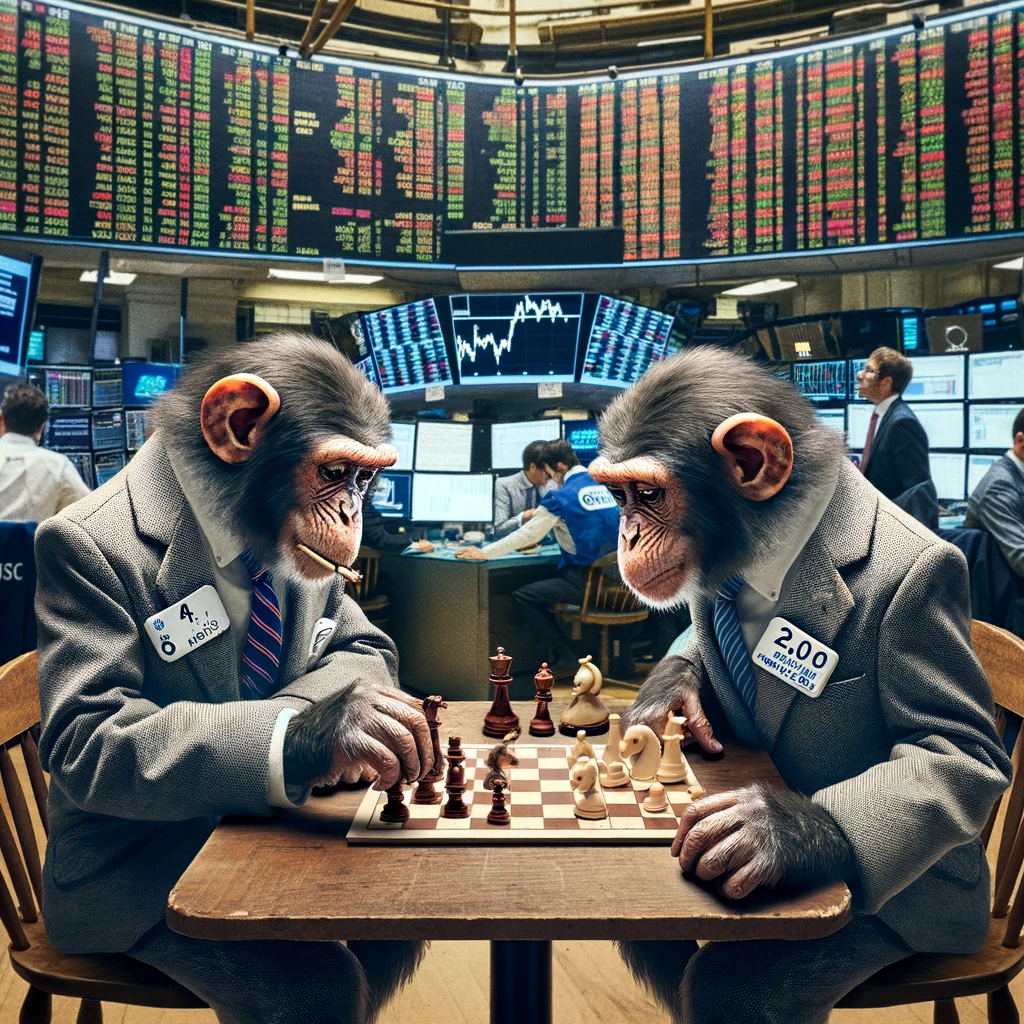The Similarities & Differences Between Chess and Investing

Few games are as studied and revered as the game of chess. It has been played for centuries in its modern form with Masters and Grandmasters using their 16 pieces to out-think and out-skill their opponents.
What is now known as modern chess is believed to have been in Europe since the 1200s.
The game achieved both pop-culture and political heights in 1972 with the 'Match of the Century' at the World Chess Championship between challenger Bobby Fischer of the U.S. and defending champion Boris Spassky of the Soviet Union 12.5 – 8.5.
What separates the Grandmasters from the average hobbyist (among many things) is their abilities to:
Know the moving parts (the board, the pieces, the rules, etc…)
- View each move within the context of their overall strategy,
- Think several moves in advance, and
- Have planned contingencies to be prepared as circumstances change.
What is nice about chess is how clean it is. 16 pieces a side, 8x8 board, the information is out in the open. What makes it such a revered game is how such a seemingly simple game is so complex.
All of which have wonderful parallels with the world of wealth management – and helping individuals and families invest their money towards its purpose.
Investing isn't as 'clean' though. It is a dynamic environment where the rules change, things evolve, and what might have worked before behaves differently the next time. Simon Sinek's book 'The Infinite Game' is a wonderful read on the topic of managing change in dynamic environments - highly recommended.
One thing is for certain when investing in any risk asset – be it real estate, stocks, or bonds – that behind every corner there are 'unknowns'. Some are positive for the markets, some are negative. They can neither be predicted when or how they will appear – the only thing we can predict is that by the very nature of the markets – these unknowns will continue. We call them 'Known Unknowns'.



Discussion